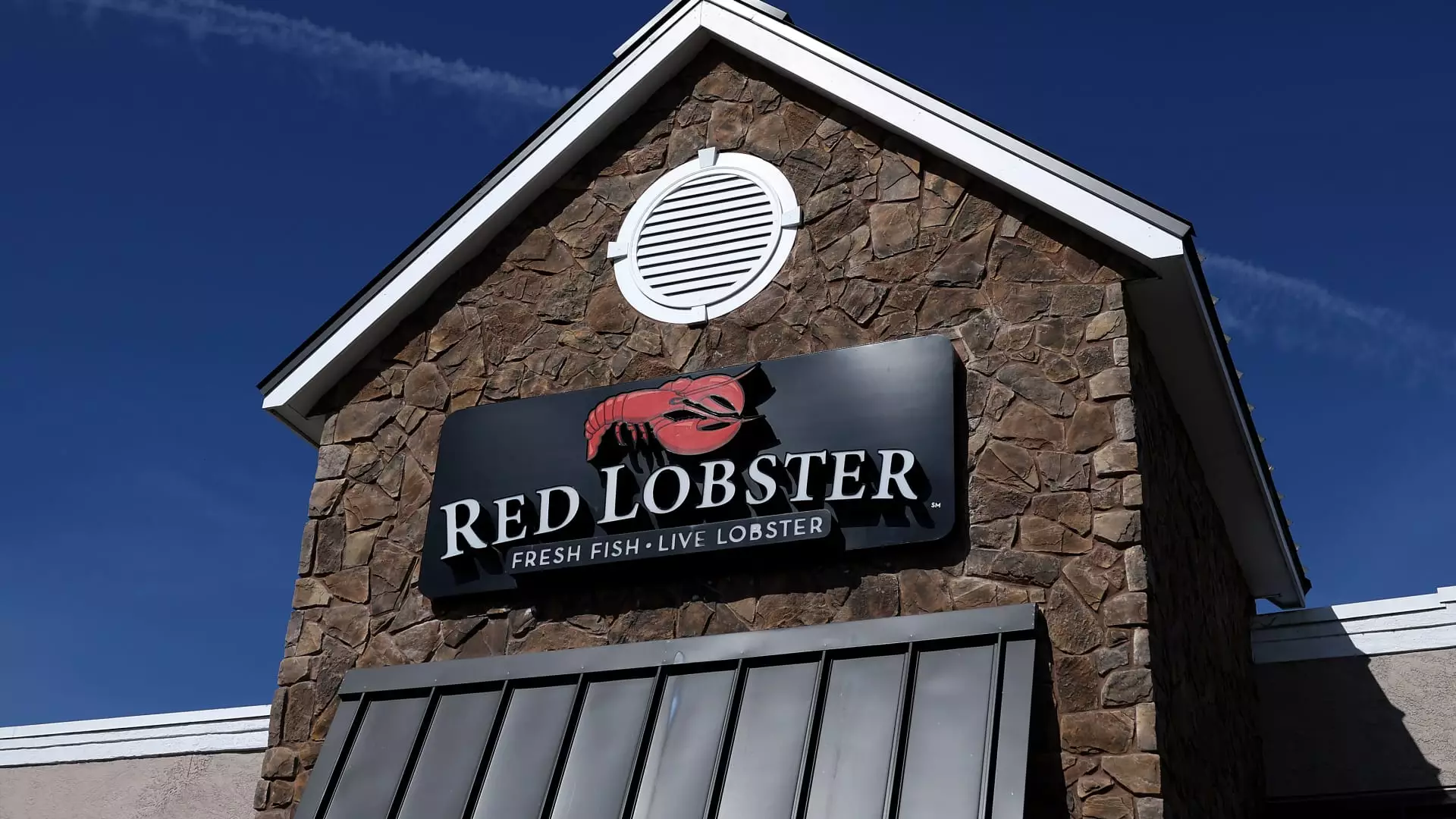Red Lobster, a popular seafood chain, recently made headlines after filing for Chapter 11 bankruptcy protection. The company cited reasons such as a difficult macroeconomic environment, underperforming restaurant footprint, failed strategic initiatives, and increased competition within the industry for its financial woes. With a significant amount of debt and long-term leases weighing it down, Red Lobster sought a buyer to help turn its fortunes around.
One of the key aspects of Red Lobster’s restructuring efforts is the closure of underperforming locations and the rejection of certain leases in order to streamline its operations. The company aims to reduce its footprint and emerge stronger from this process. The appointment of a restructuring expert as the CEO signifies a shift in strategy to address both financial and operational challenges.
Founded in 1968 and later acquired by General Mills, Red Lobster went through ownership changes over the years. From being part of Darden Restaurants to being sold to private equity firms and seafood suppliers, the chain experienced a series of transitions. However, the chain’s struggle to maintain stability and profitability is evident in its recent financial performance and management turnover.
Despite surviving the pandemic, Red Lobster’s business has been on a downward trend with a significant decline in traffic since 2019. The introduction of promotions like the “endless shrimp” offer aimed at boosting sales ended up backfiring, leading to increased costs and pressure on the company’s bottom line. The chain’s reliance on a single supplier for a key ingredient further compounded its financial challenges.
As part of the bankruptcy proceedings, Red Lobster is looking into potential improprieties related to its marketing strategies and supplier relationships. Allegations of excessive promotion pressure and shortages of critical ingredients raise concerns about the chain’s business practices and decision-making processes. The need for transparency and accountability in such investigations is crucial for rebuilding trust with stakeholders.
Moving forward, Red Lobster faces the challenge of restoring its financial health and regaining its position in the market. With a focus on operational efficiency, strategic partnerships, and customer engagement, the company can work towards a sustainable recovery. The support from lenders and vendors, as well as a clear restructuring plan, will be essential in navigating the complexities of the bankruptcy process and emerging stronger from this ordeal.
The story of Red Lobster serves as a cautionary tale for businesses in the restaurant industry. Financial missteps, operational challenges, and strategic mismanagement can quickly spiral out of control, leading to dire consequences. By learning from the mistakes of the past and implementing sound business practices, companies like Red Lobster can hope for a better future.

